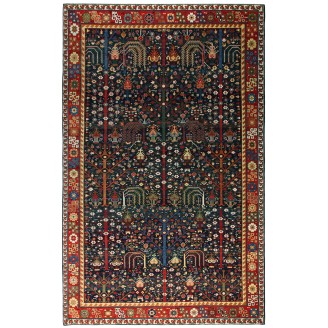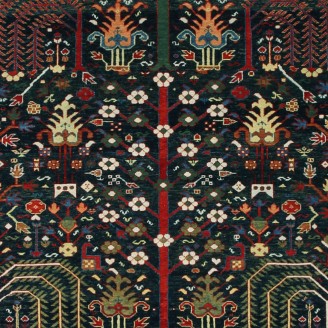Bid Majnum Rug on Red Field Rug
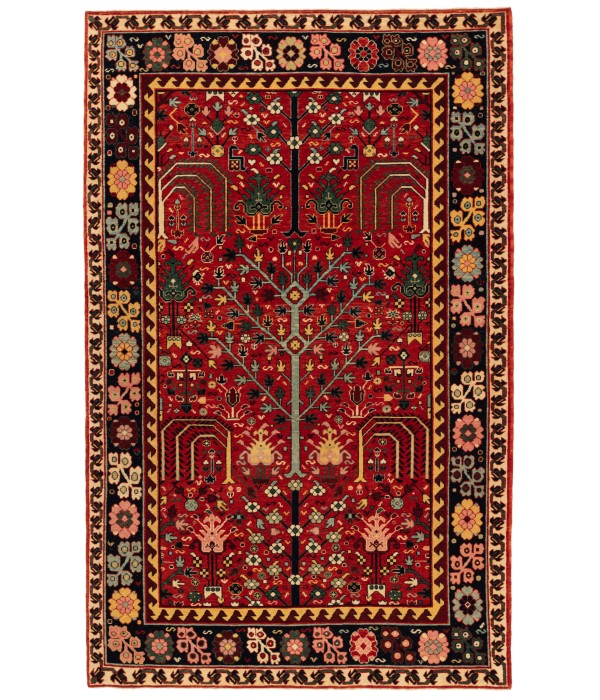
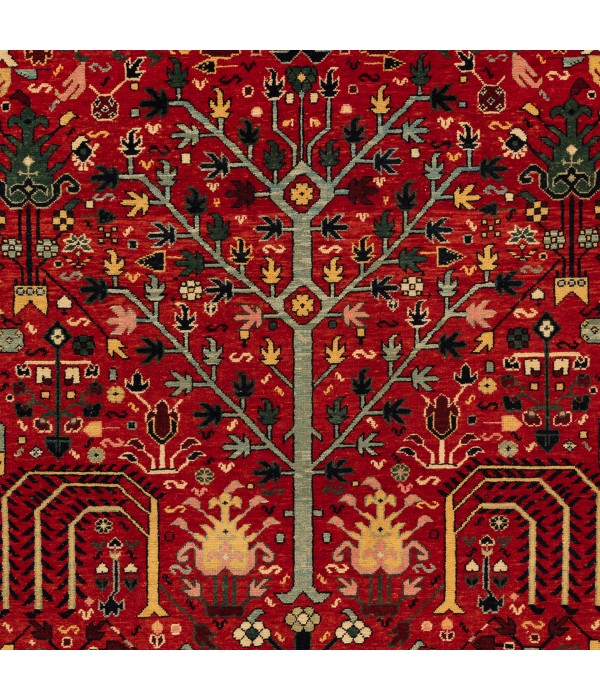
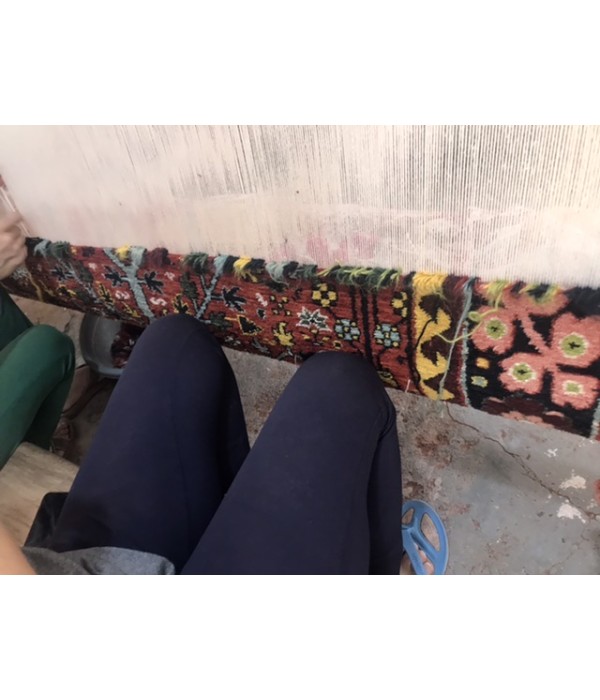
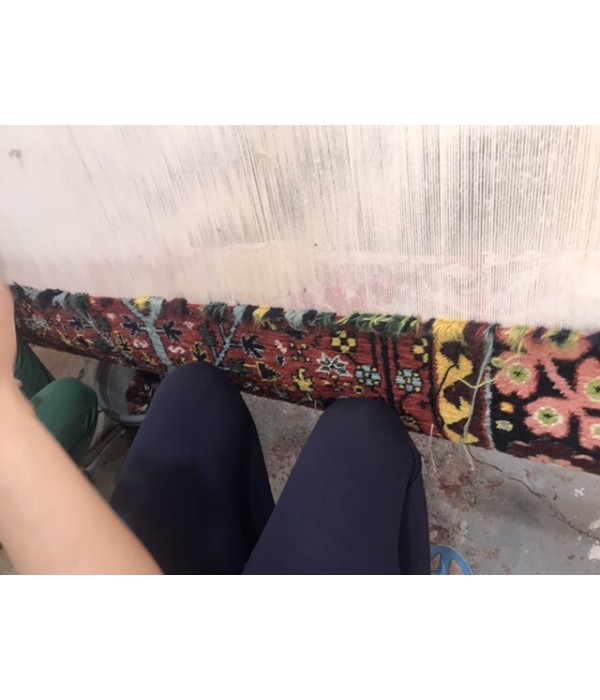
Out Of Stock
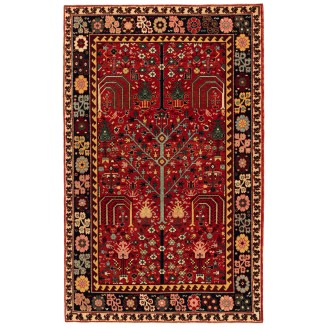
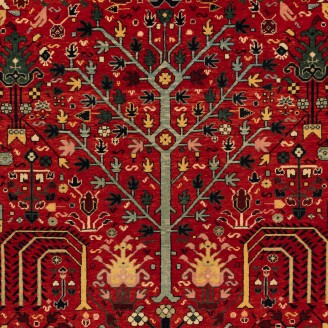
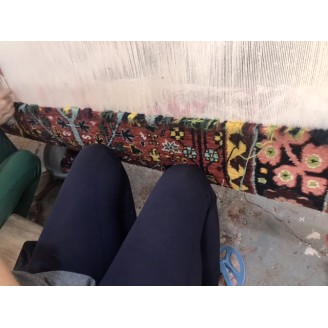
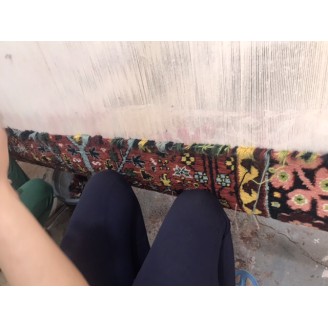
Model: ART00476Bid Majnum Rug on Red Field Rug
Group: Northwest Persia Rugs Family
Area: Bidjar
Material of Pile: Natural Dyed Hand-spun Wool
Material Warp / Weft: Wool on Wool
Structure: Symmetrical knot
Knots Density: 45x39
Pile (mm): 3
Production Place: Southeastern Anatolia – Diyarbakir - Lice
Weight: 9.80kg
Location: Tokyo
Stock: Out Of Stock
Dimensions:
The source of the rug comes from the book Antique Rugs of Kurdistan A Historical Legacy of Woven Art, James D. Burns, 2002 nr.45. This is a popular design employed by the Kurds, called bid majnum (or Bid Majnun, weeping willow) 17th-century rug from Sa'uj Bulagh, Eastern Kurdistan area. Four different types of trees -cypress, willow, cherry, and plane- can be depicted in these carpets, and the pattern is found on other Persian carpets from the 17th century to the present day. In addition to the weeping willow itself, there are two principal types of trees in this version of the bid majnum pattern: the plane tree with branches and tripartite leaves, and the cherry with white flowers (sakura) in bloom. The plane and cherry are often found in the fields and borders of Sa'uj Bulagh rugs. The inner guard has the mountain peak pattern and this rug has many diverse colored floral figures on red ground. The design of this rug is interpreted by our designers and vivid colors are chosen for this rug.
Color summary: 9 colors in total, most used 4 colors are;
Color summary: 9 colors in total, most used 4 colors are;
- Imperial Red 415 (Madder Root)
- Navy Blue 432 (Indigo - Pomegranate)
- Natural Wool Color 320 (Natural Sheep's Color)
- Tawny Olive 538 (Dyer’s Weed - Madder Root)
Dimensions:
4 ft 10 in x 7 ft 8 in ( 149cm x 235cm )
Price:
$6,500
Ex Tax: $6,500

